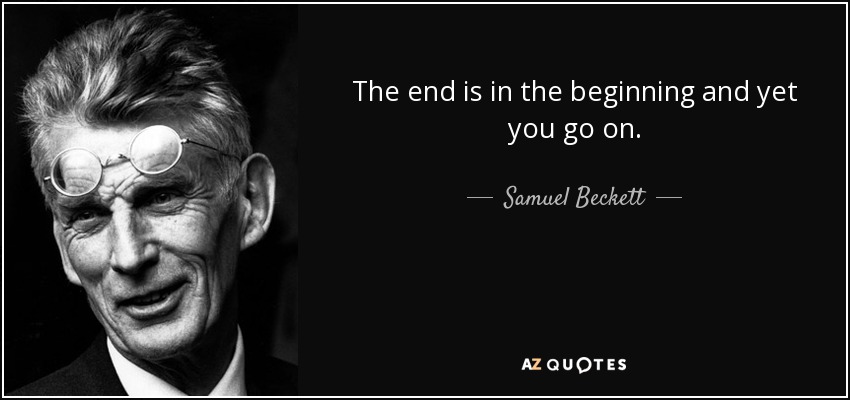KIPPS AND BELSEY
(On Beauty by Zadie Smith)
(Session 25th November)
Upon a first approach to Zadie Smith, we have come across what James Wood denominates “hysterical realism” in his article, ”Human, all too Inhuman” (The New Republic, 2000 ), a pressing , emergent and “harding” genre in the narrative of current novels. Zadie Smith is mentioned among the many names to whom this “hysterical realism” might be attributed . As we understand, hysterical realism dwells on sometimes impossible interconnected and overdetailed characterization in a search for a human and “realistic” approach to character depiction and narrative events, but, which, contrariwise to its pursued effects, results in impossible connections, far-fetched liaisons and shallow waters.
Ready for this Dickensian “puppetry” that James Wood mentions and, with minds formed to it, we break through the world of the Belseys and Kippses in Zadie Smith’s novel On Beauty, awarded the Orange prize in 2006. Yet, the chalant warning flounders in the careful “scaffolding” (a word that Zadie Smith uses herself to explain her process of writing) of the two families, Kipps and Belseys; two places, London and the fictional University town of Wellington near Boston; two political and spiritual mindsets (conservative and liberal, Christian and atheist) that will conform the tapestry of the novel.
The first part of the book dwells more on the Belseys than on the Kippses, indeed, there is no direct access to the Kippses but, through the perspective of the Belseys. Jerome, the sensitive Belsey’s son, opens up a narrative on “beauty” with unpoetic and unanswered emails from the Kippses household addressed to his father to announce his wedding with Victoria, the Kippses’ daughter. Howard embarks on a swift journey to London to stop the marriage, questions of religion at stake, but, a last email heaves through the “electronic machine waves” and only Kiki, the matriarch of the Belsey family, knows that the prospective marriage has already been written off.
Vitriolic criticism sheathed in humor key preys on the phoney world of intellectuals and academics. Liberal and atheist Howard, originally from England, is in dispute with the conservative and Christian Monty, originally from Trinidad. They are both Art History professors, both working on Rembrandt. Whereas Howard’s book on Rembrandt remains unbound, strewn and unfinished, his colleague’s has been published. Howard has shamed himself in front of the academic community by confusing Rembrandt’s “Self-Portrait” (Munich) with “Self-Portrait with Lace Collar” (The Hague) which Monty mentioned in his research.
Academic elitism dovetails with racial and gender issues: Carle, a rap poet, who attends a classical music recital (Mozart’s “Requiem”), wanders as an outcast in the circle of the intellectual elite. Kiki, with Afro-American origins, is also an outcast in the intellectual world of Howard, but, constitutes the first glimpse of beauty and authenticity in the novel. The Belsey’s home is really Kiki’s inherited home, nothing “nouveu riche” about it, and, which, in spite of its shabbiness, constitutes a bastion of her sturdiness. Pictures of Kiki’s ancestors through the staircase constitute a counterpoint to Howards’ ridicule Bermuda pictures, or his baseball cap photograph pointing towards Emily Dickinson’s house. Infidelity also lashes out within the cultural constructs of this world.
Interesting intertextual references to search for in this first part of the novel: John Cheever’s short story “The Swimmer,” (see story in The New Yorker, click on title) the importance of Mozart’s “Requiem”, Rembrandt’s “Self-Portrait” (Munich) and Rembrandt’s “Self-Portrait with Lace Collar” (The Hague).





